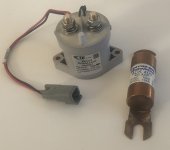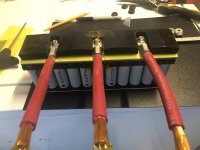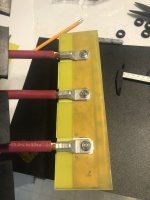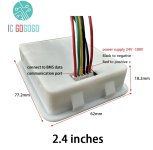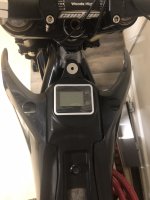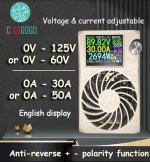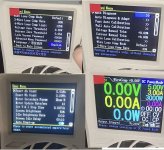Barring that, here's my second stupid idea. I'm assuming that if the display does indeed need 24v to run, I bet it doesn't need much current (again, you can bench test it to confirm how much). If I had to guess, I'd say less than 500ma. If so, instead of a bulky, second, $30 step-down just to power it, you could probably step up from the 12v converter output with a small DC/DC boost module.
Quick search here, but I've used several different small step-up modules in projects before, and if it's just running the display, nothing critical, you can buy 2 different ones and have a backup ready if the first one fails. I'm calling it a stupid suggestion because it does indeed seem counterintuitive to step voltage down from 120 to 12, then back up to 24, but in this case, with low current draw. it might be worth it for the size, cost, and weight constraints. You could always switch the input, turn the display on and off to keep the boost module from running 24/7.




